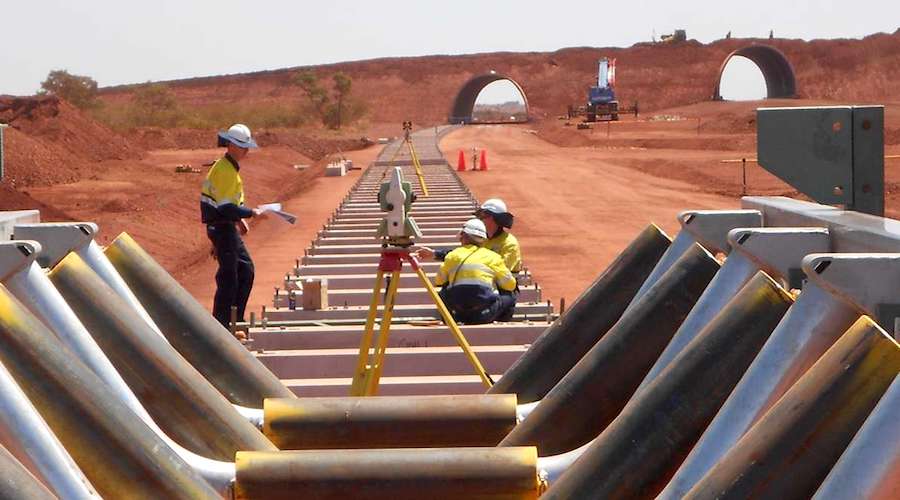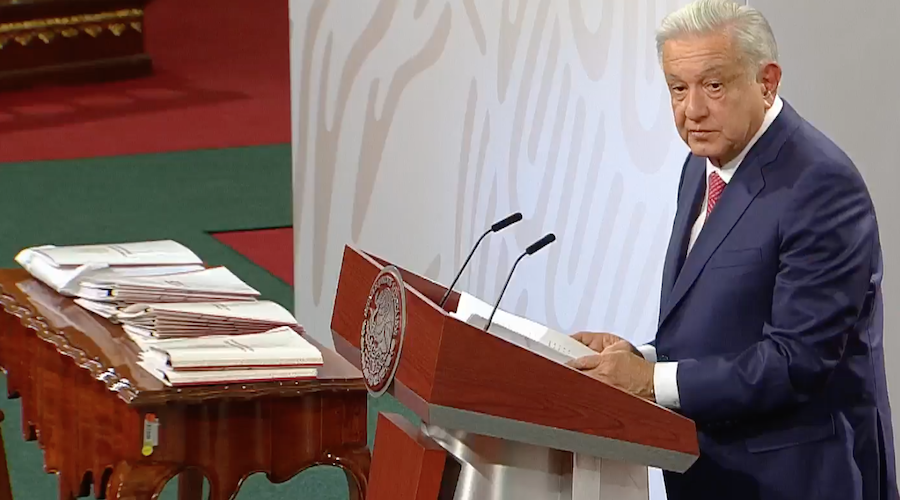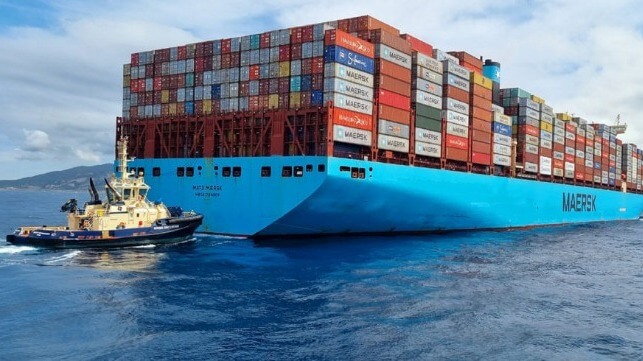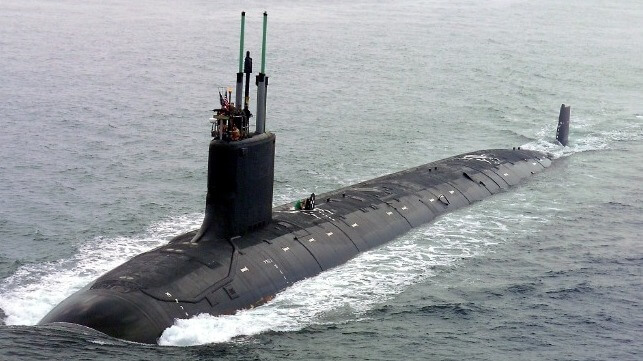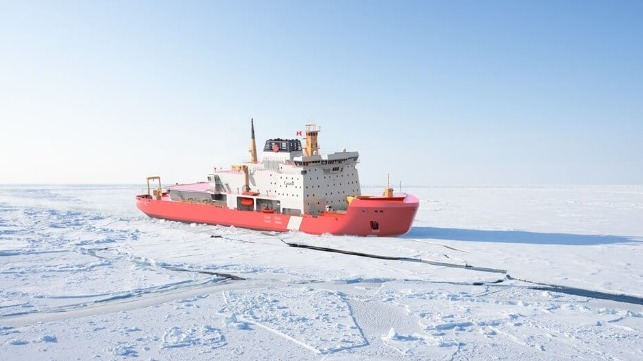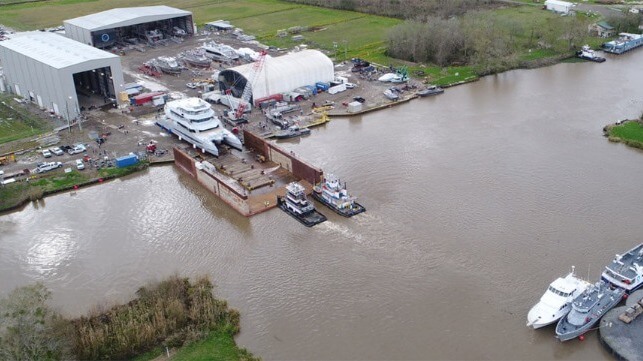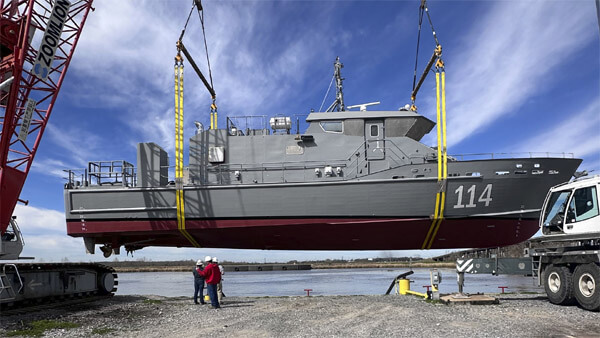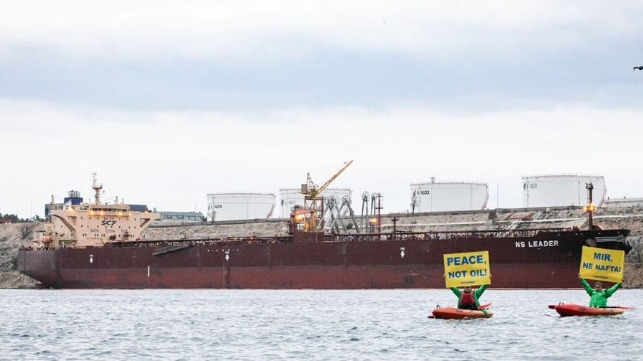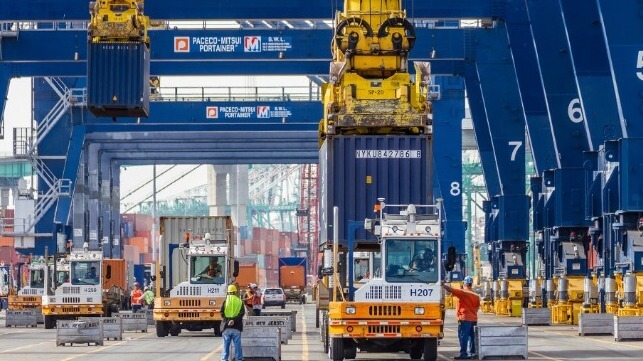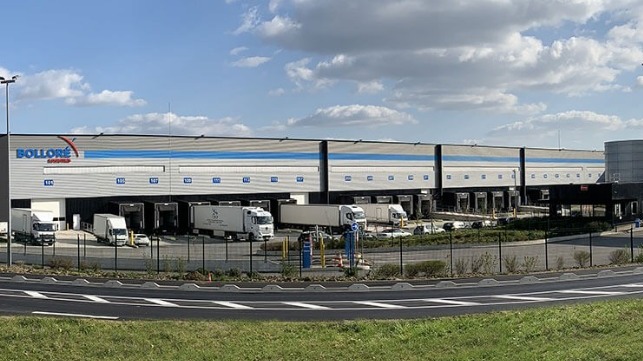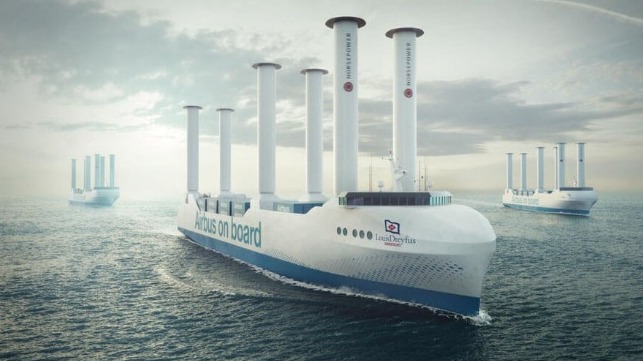[By Peter Briggs]
In a recent article for The Strategist I painted a depressing picture of the UK’s submarine capability—a force undercapitalized, with inadequate facilities, short of personnel and unable to get its nuclear-powered attack submarines (SSNs) to sea. Britain’s Royal Navy is struggling to sustain a continuous at sea nuclear deterrent, at the expense of its conventional capabilities. The combination of issues is leading to poor morale and difficulty filling key senior leadership positions.
I argued that the RN’s submarine force of four ballistic missile submarines (SSBNs) and six SSNs has fallen below critical mass. Recovery in terms of manpower, shore infrastructure and submarine numbers will not be simple or quick.
This is a poor foundation for the UK to lead the design of the submarine planned for the UK and Australia’s navies under the AUKUS arrangements agreed to by the US, UK and Australia. The risk is compounded by the need to prioritise resources to recover from this situation, sustain the continuous at sea deterrent, all whilst also introducing a new class of ballistic missile submarines. The risk from a delayed, over cost and unproven AUKUS SSN design, requiring prolonged rectification to achieve an operational capability is much higher because of this combination of factors.
Under the current plan, the capability gap induced by the retirement of Australia’s conventionally-powered Collins Class submarines and the time taken for the transition to the AUKUS SSNs will be covered by the purchase of three to five Virginia class nuclear-powered submarines from the US. This would impact on the US Navy’s force level in a time of shortfall and may well not achieve the necessary agreement from a future US Administration to sell these submarines.
Further, this would entail the RAN operating two classes of SSN, from two design houses—significantly adding to supply chain, training and support costs. The two countries have different nuclear regulatory regimes which impacts on the design of their respective submarines and poses issues for the current plan. Which standard is Australia to adopt? Presumably that of the USA, given the preponderance of USN support and the intention for the USN to certify our fitness for nuclear stewardship under the current plan. How do we then manage a different standard in a UK designed AUKUS SSN?
Further, there is a significant risk that neither of the relatively small number in each class will achieve critical mass or an operational capability.
This is a compounding situation—a change in the plan is needed to avoid it. In developing this we should heed the lessons of the UK situation and ensure that both the UK and Australia’s submarine capabilities individually achieve critical mass. In Australia’s case, I believe this is at least 12 SSNs.
Using the Virginia class as the design baseline for an AUKUS SSN (V), and General Dynamics-Electric Boat (GD-EB) as the lead designer could solve these problems. With a class build of over 38 submarines, currently spread over six blocks, Virginia is a mature design and GD-EB a well-practised designer in updating and building the boats. A secure network and suite of collaborative design applications connecting all three countries would be essential if the program I propose is to succeed. The Integrated Product Development Environment (IPDE) used for Virginia has revolutionised shipbuilding, reducing construction times and costs. It is also the best way to incorporate requirements and design input from the UK and Australia.
Compared to the option for a UK design lead, which is based on the unsatisfactory experience of the Astute Class SSN, which ran considerably over budget and schedule, AUKUS SSN (V) should be less risky, cheaper and importantly, quicker to reach an operational capability.
I suggest GD-EB be tasked with leading an IPDE team, including BAE Systems and ASC, the UK and Australia’s submarine design houses, to produce an updated Virginia design available for construction in the UK, Australia and the US, optimised for sea denial. The design should be updated to achieve the following priorities:
- Simpler and quicker to build,
- Cheaper to own and operate, with a smaller crew
- Incorporating the improvements achieved over the evolution of the Virginia, Columbia, Collins and Dreadnought class submarine designs, possibly including electric propulsion, X configuration after control surfaces
- Able to be built in UK and Australian shipyards, utilising module construction, including by supporting sub-contractors
- Local supply chains in each country would be important to improve resilience and avoid adding to the current difficulties in these areas in the US
- Compatible with current and future US submarine weapons, unmanned underwater and aerial vehicles.
- A simple analysis demonstrates some of the benefits the USA could obtain from this approach:
- A much higher probability of a successful AUKUS SSN program, boosting Allied submarine capabilities, in a shorter time and at reduced cost
- A smaller, quicker to build, cheaper to own SSN option, handy in the event the USA needed to increase force levels quickly
- Ongoing supply chain and depot level support capability for Virginia class submarines in the UK and Australia
- The shorter time taken to achieve an operational capability could reduce or obviate the need to sell Australia submarines from the US’s order of battle
- This would avoid the need to provide design support to BAES if it had to undertake the AUKUS SSN design from an inadequately resourced baseline.
From the UK’s perspective the plan would:
- Avoid the costs of leading the design effort, enabling resources saved to be redirected towards remedying the current situation
- Result in a quicker/cheaper build program for Britain’s Astute replacement (possibly allowing for an increased number to be built to overcome the critical mass issue).
- Open up the possibility of supplying major components such as the reactor to a larger number of submarines
- Engage BAES in a world class development and providing ongoing, UK-based design support. Note, BAES already has a design relationship with GD-EB for Astute and Dreadnought designs
- Provide more resilient supply chains, with compatible base and depot level support facilities in the USA and Australia
- Allow greater focus of UK’s resources on achieving an operational ballistic missile capability as early as possible to relieve the pressure on the current SSBNs.
From an Australian perspective the advantages are significant:
- Reduced time to achieve an operational SSN capability, possible avoiding the need to purchase Virginia class submarines from the USN
- Avoid the complications and expenses of operating two classes of SSN
- Avoids the uncertainty and risks of introducing an unproven UK design
- The base and depot level facilities to be established to support the USN Virginia class submarines deployed to Australia as part of the Submarine Rotation Force -West (SRF-W) can be utilised to support the AUKUS SSN, saving time, expenses and personnel
- Given the number of Virginia class submarines already operating in the Pacific and Indian oceans, AUKUS SSN (V) represents a more appropriate design for Australia; the RAN would operate one of many
- The savings, greater efficiency and single class solution offer a better chance to achieve a critical mass in the capability
- Open up opportunities for Australian companies to provide support for a greater number of submarines, including in the UK and US
- The embedded RAN personnel in the SRF-W SSNs and those in Collins Class submarines would provide Australia’s submarine capability during the transition
- ASC, the Australian submarine builder, already has a relationship with GD-EB.
This analysis is simplistic and looks at only at the potential benefits. There will be costs of course and these need to be evaluated in considering whether to change the plan. I suggest that a Virginia Class baseline with GD-EB and the USN leading, offers a significantly improved, reduced risk and lower cost option for the AUKUS SSN program.
All participants stand to benefit from this change. The design, construction and through-life support efficiencies inherent in a single-class operated by the three navies could substantially reduce the cost of ownership and deliver enormous resilience and inter-changeability benefits in times of emergency.
It is time to reconsider the plan; the current concept is one of hope over experience and is at severe risk of becoming entangled in the significant difficulties currently being experienced in the UK’s submarine service, together with the limitations of its submarine building and maintenance infrastructure.
Peter Briggs is a retired submarine specialist and a past president of the Submarine Institute of Australia.
